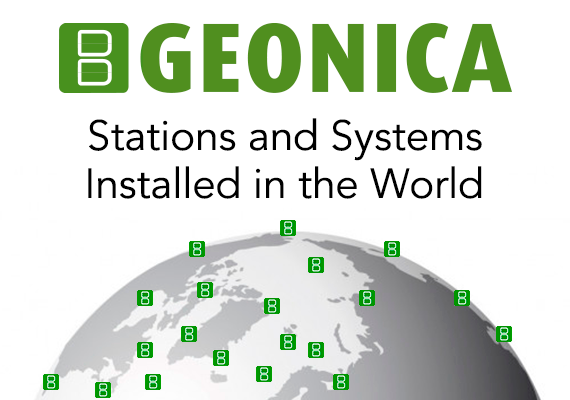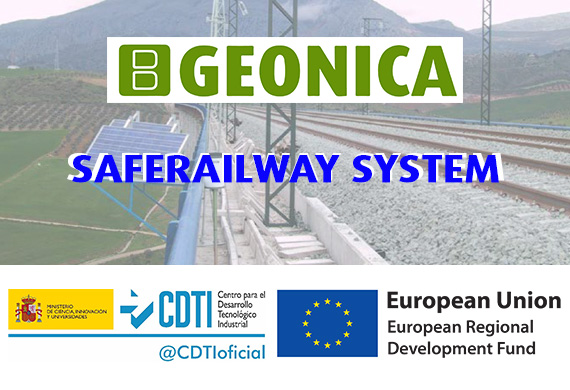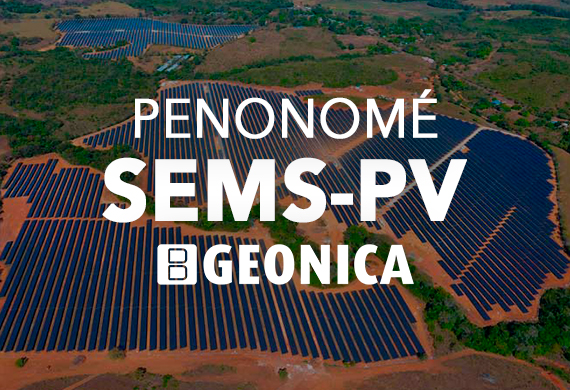Lateral Wind on roads and railways
The effect of the lateral winds on cars and trucks, as well as on high-speed trains, is a very important factor of instability and risk of overturning.
- Home / Solutions / Lateral Wind Alert
Lateral Wind Alert
Warning Solutions for lateral winds in roads and railways
The variables that contribute to the overturning of motor vehicles and trucks can be subdivided into several categories: vehicle characteristics, pavement status, small radius curves on highway ramps, high bridges through deep valleys between mountains, etc., as well as speeds excessive, human factors and, of course, the intensity of the lateral winds.
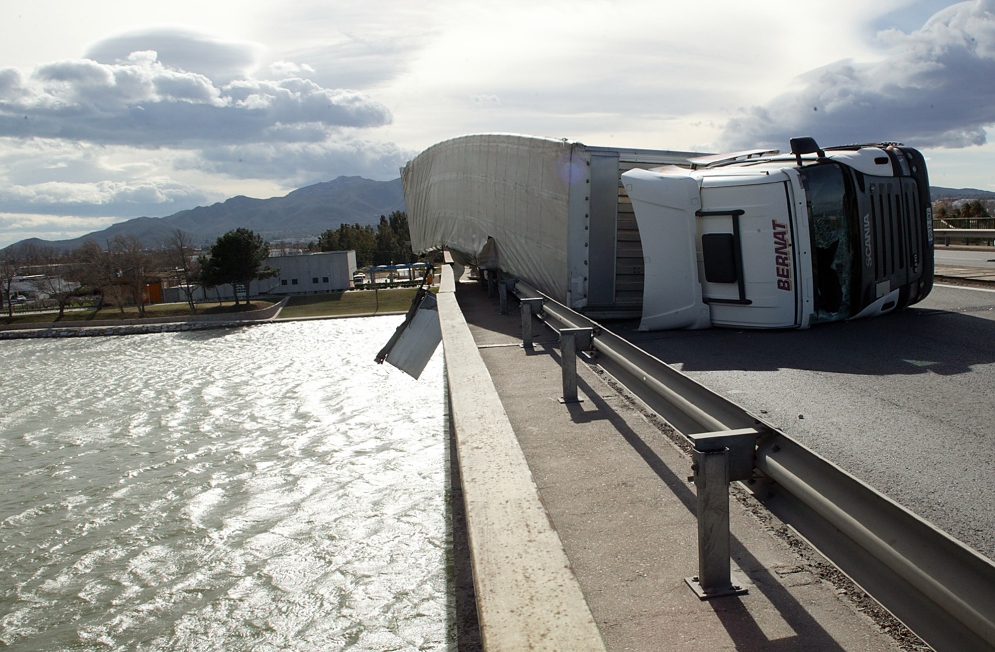
Lateral Wind Alert related Systems
Therefore, the risk of a vehicle overturning depends on many factors, but strong lateral winds have been found to be a critical safety factor in areas with prevalent gusts and high winds.
GEONICA offers our advanced WINDALERT System to contribute to road traffic safety, which is very necessary if strong lateral winds are expected at any particular site or section of road. The system is also available for high-speed rail lines.
The basic WINDALERT system consists of one or more wind measuring stations installed at points of interest. A typical example is usually at the exit of a tunnel, which is followed by a bridge between mountains crossing a deep valley. In these conditions, the winds are channeled and intensified, generating a great risk of overturning, since the vehicle goes from being unaffected by wind inside the tunnel, to having to face a sudden strong lateral wind, just at the exit.
Depending on the characteristics of the terrain and other factors, for each site or specific section, the Critical Wind Curves (CWC) are previously calculated, that is, the risk thresholds according to the category and size of each type of vehicle.
The measurements of the lateral wind intensity provided by each station are continuously compared to the wind thresholds defined by the critical wind curves for the site.
If the measurements exceed the predefined thresholds, the anemometric station of the WINDALERT system will generate a wind alert that will be displayed on a Variable Message Sign (VMS), through a warning message to the drivers. The VMS should be installed before the tunnel exit or at some other point of the road located before the risk zone. This same information can also be transmitted to a Data Reception Center, which can also broadcast alerts to drivers by other means, such as broadcasting or by remotely controlling the variable message panel (VMS) installed on the road.
Dataloggers Serie 4000
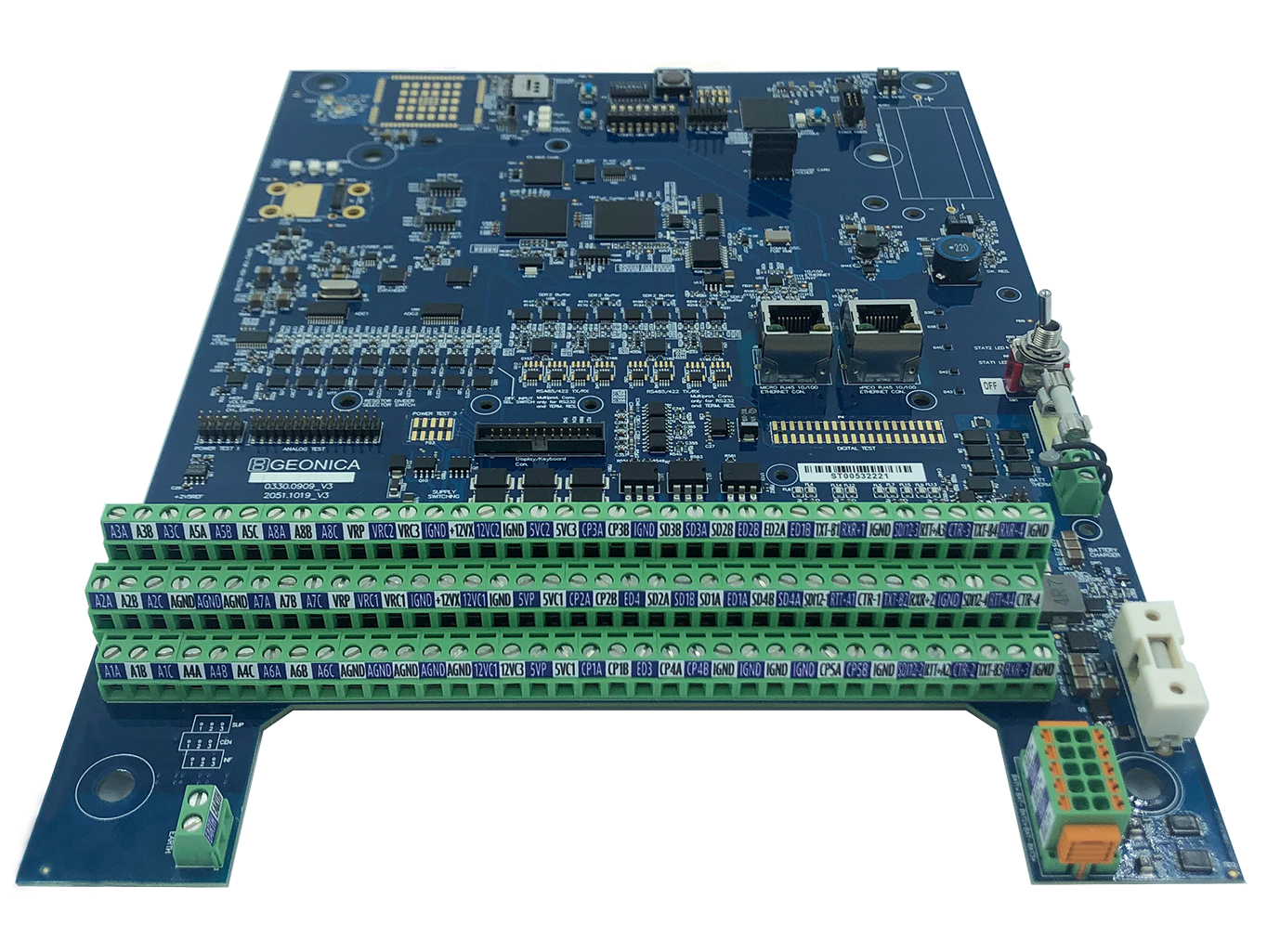
Dataloggers Serie 4000
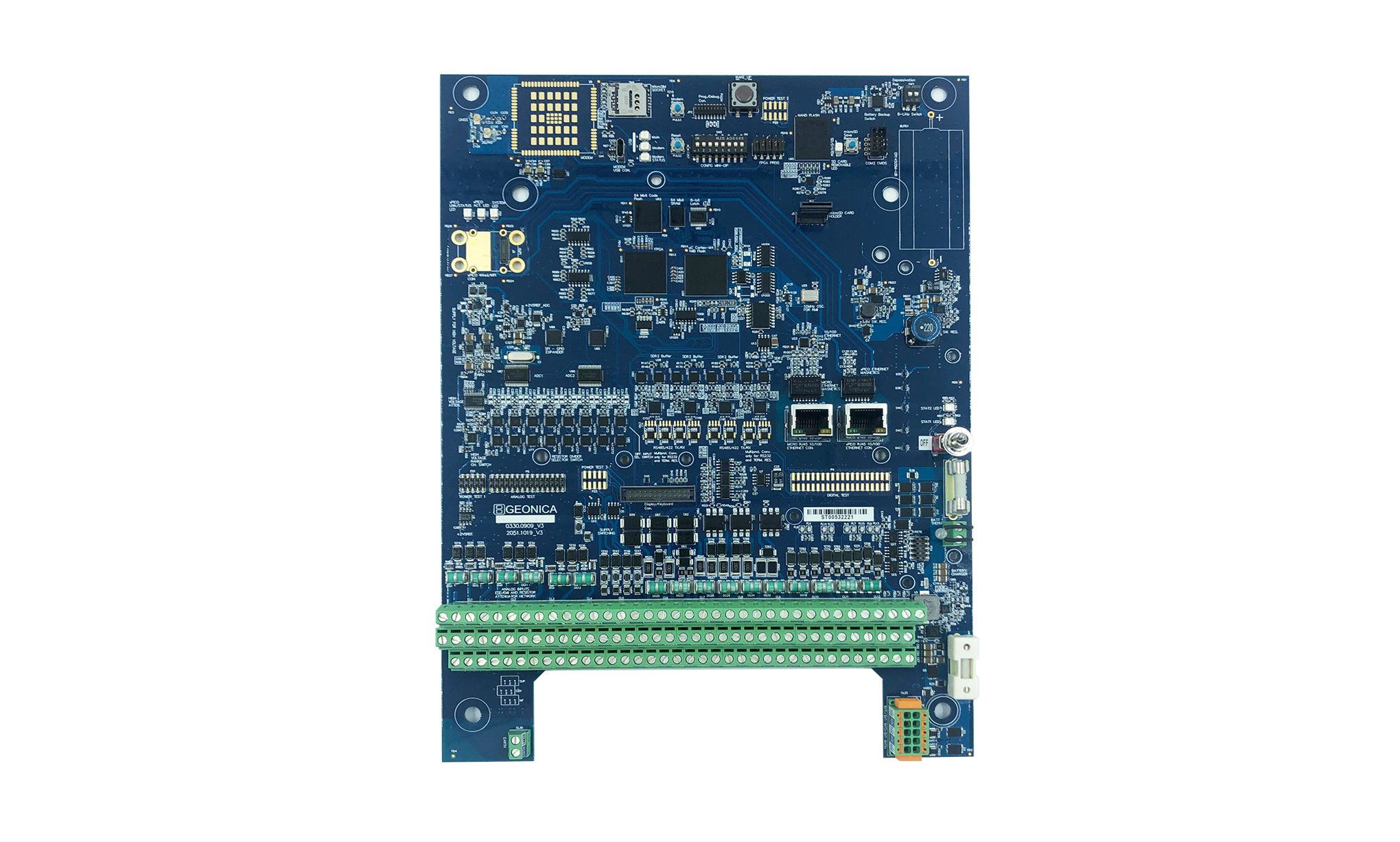
Dataloggers Serie 4000



































